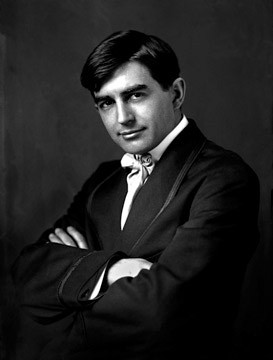The Constitutional Monarchy of Repulaea

"Potentia Per Vocem Nostram- Power Through Our Voice"

"Potentia Per Vocem Nostram- Power Through Our Voice"
Directory
1. An Early History
2. Timeline of Modern Events - 20th Century
3. Timeline of Modern Events - 21st Century
4. The Nation
5. Government
6. Military
7. Economy
8. Education
9. Culture







































